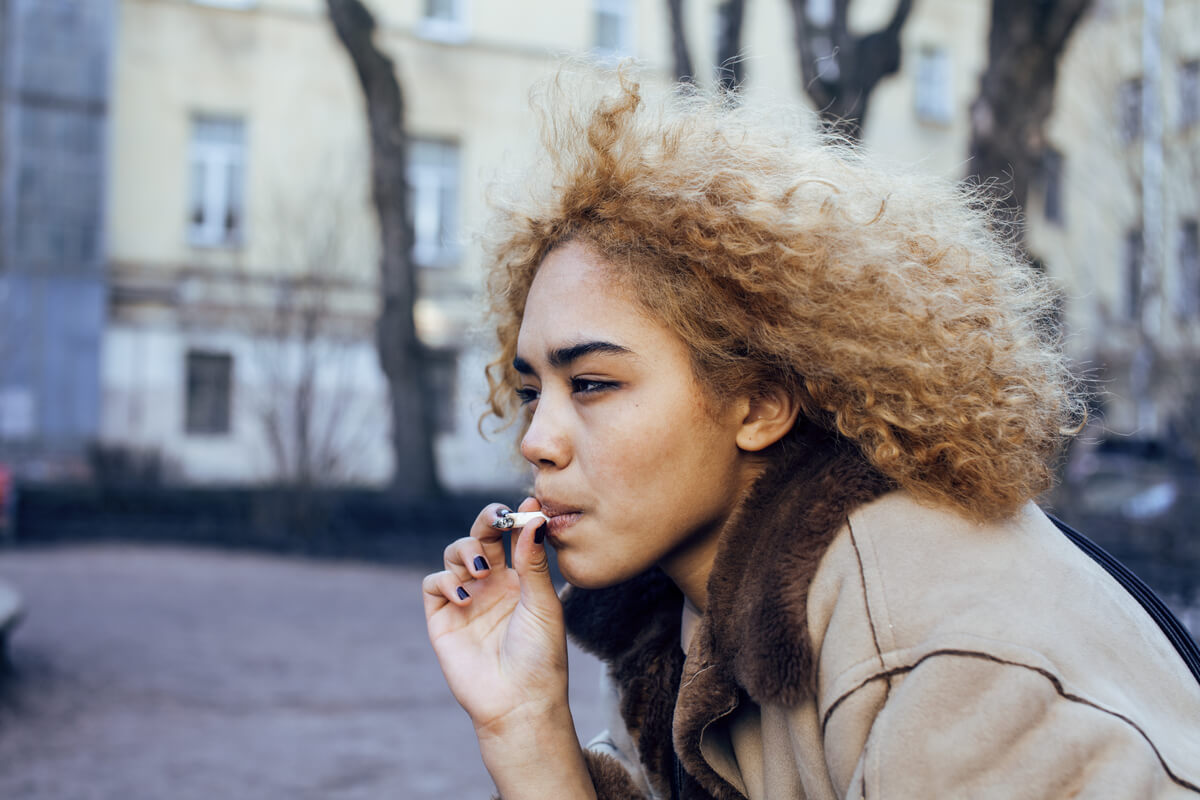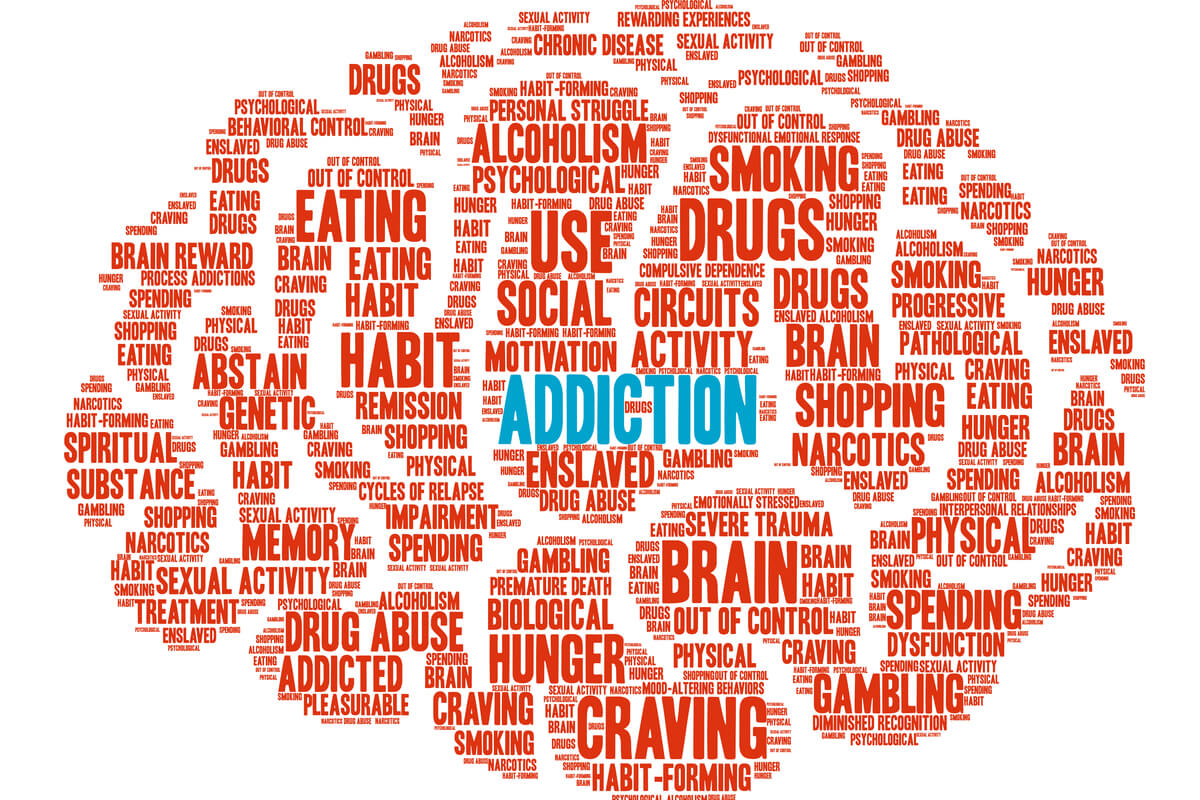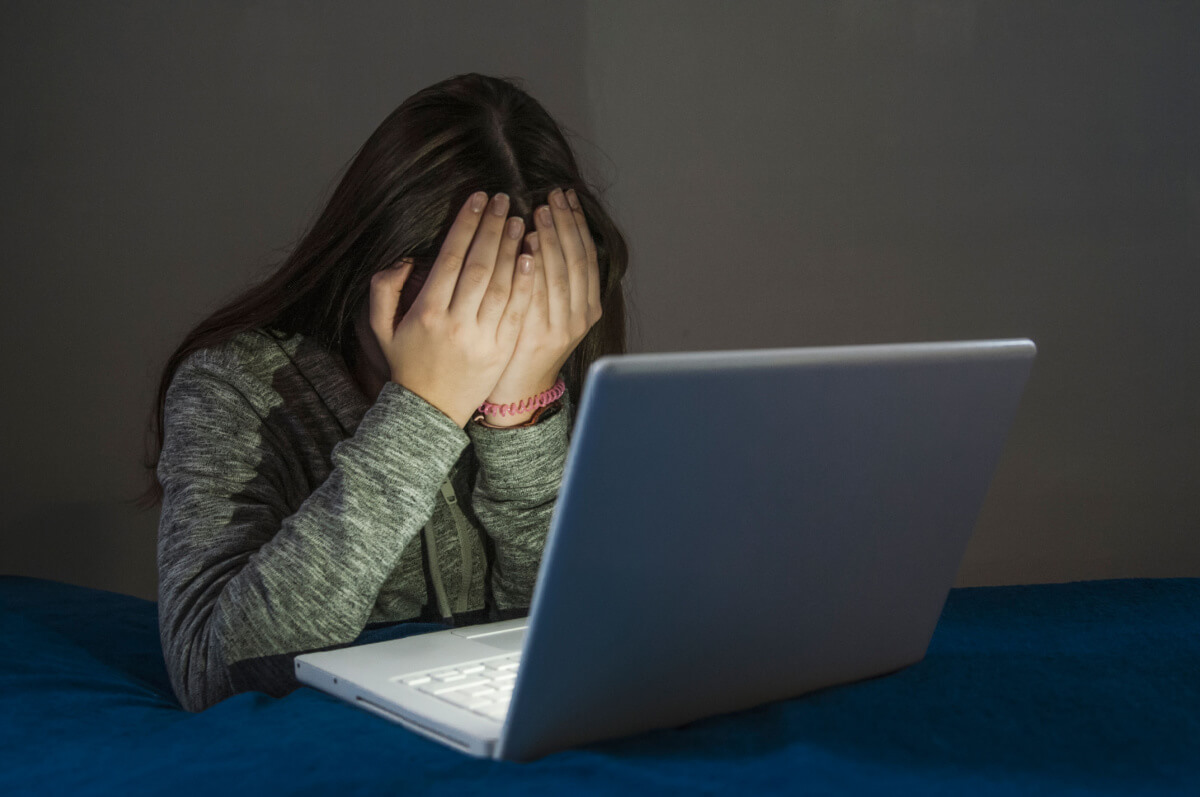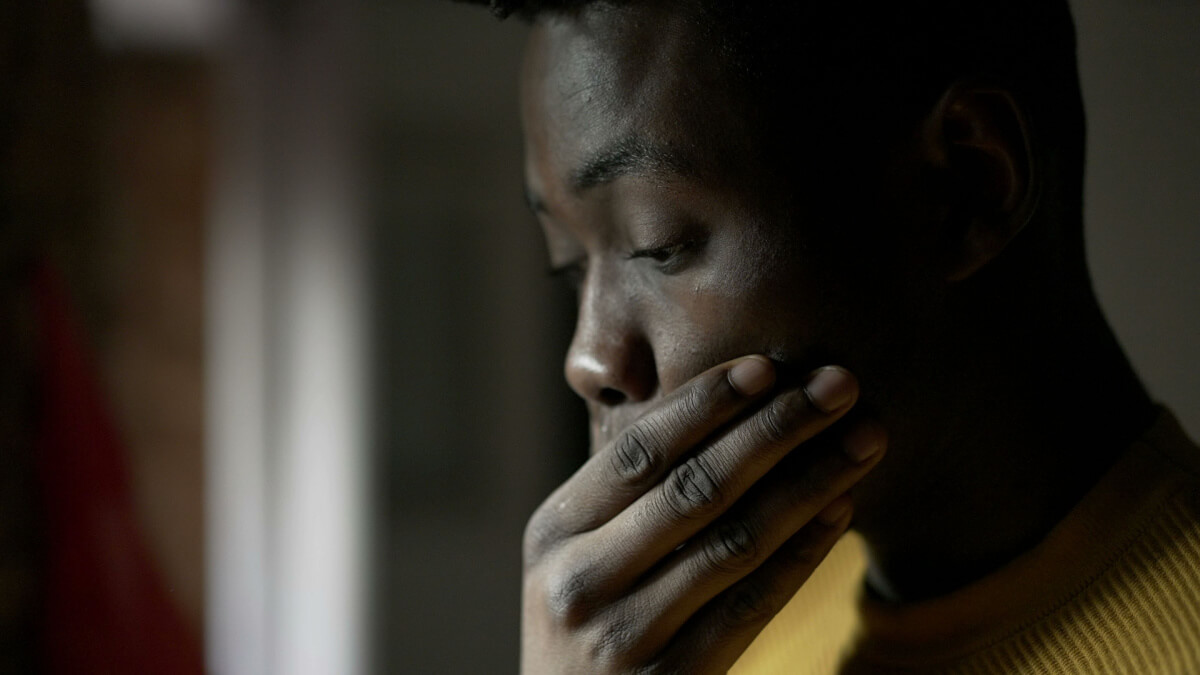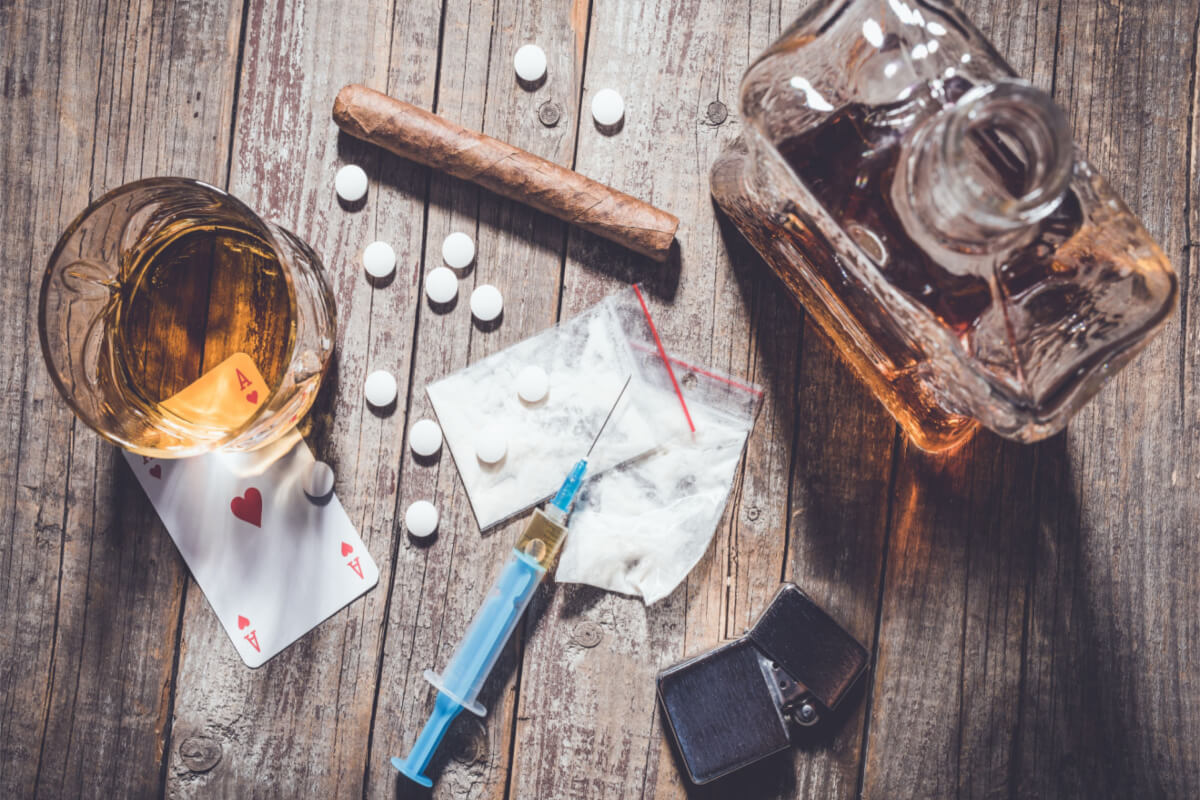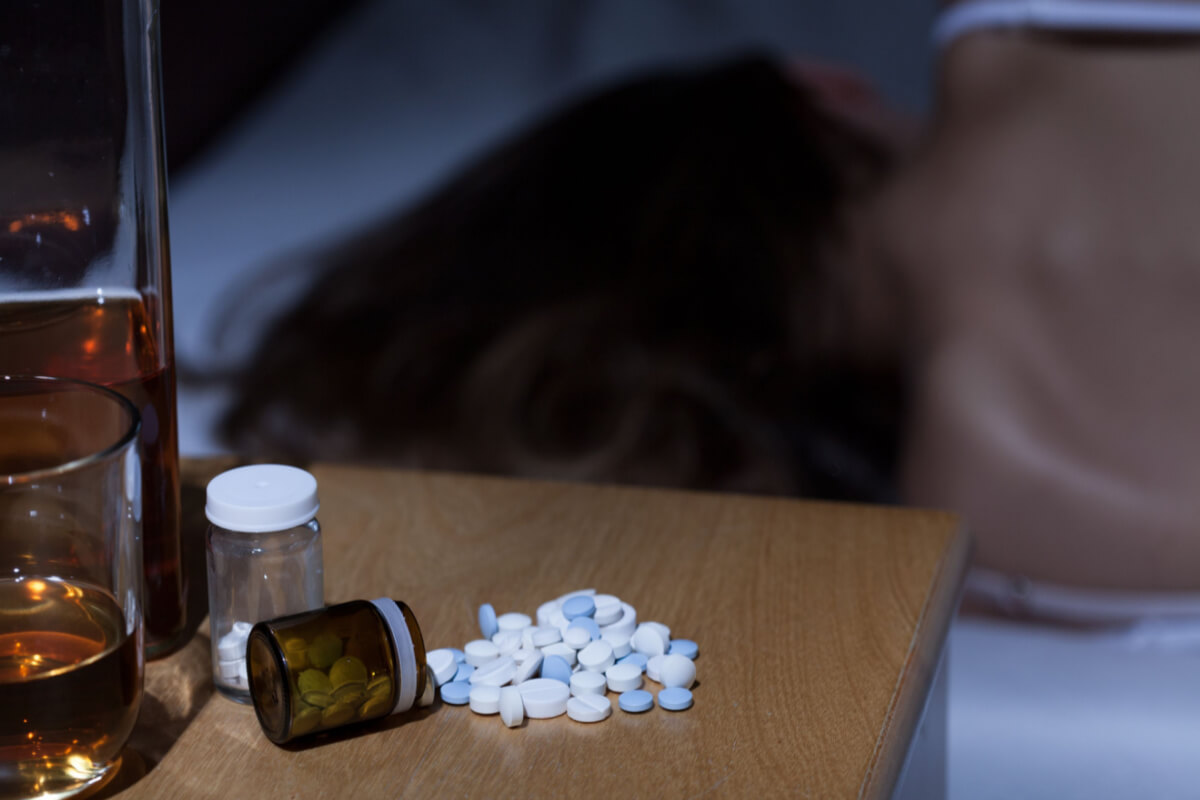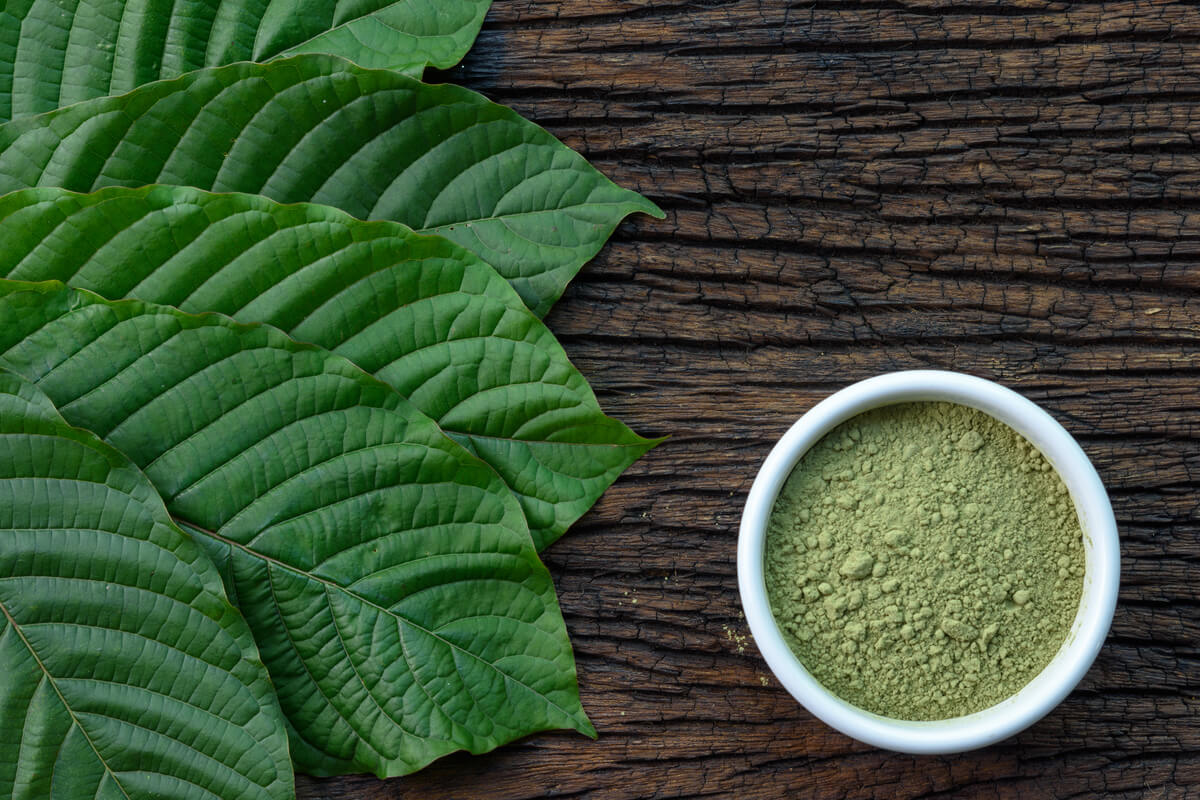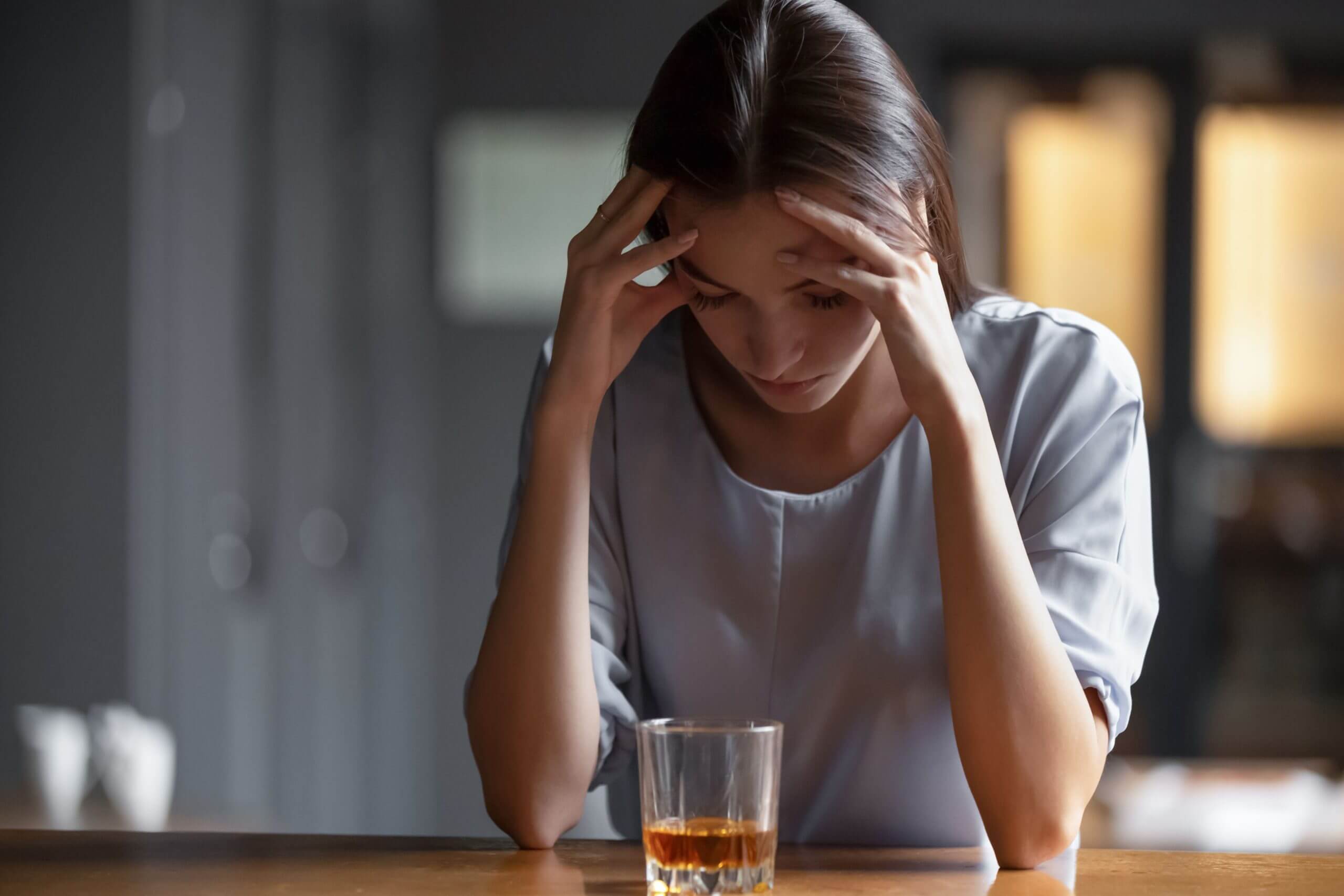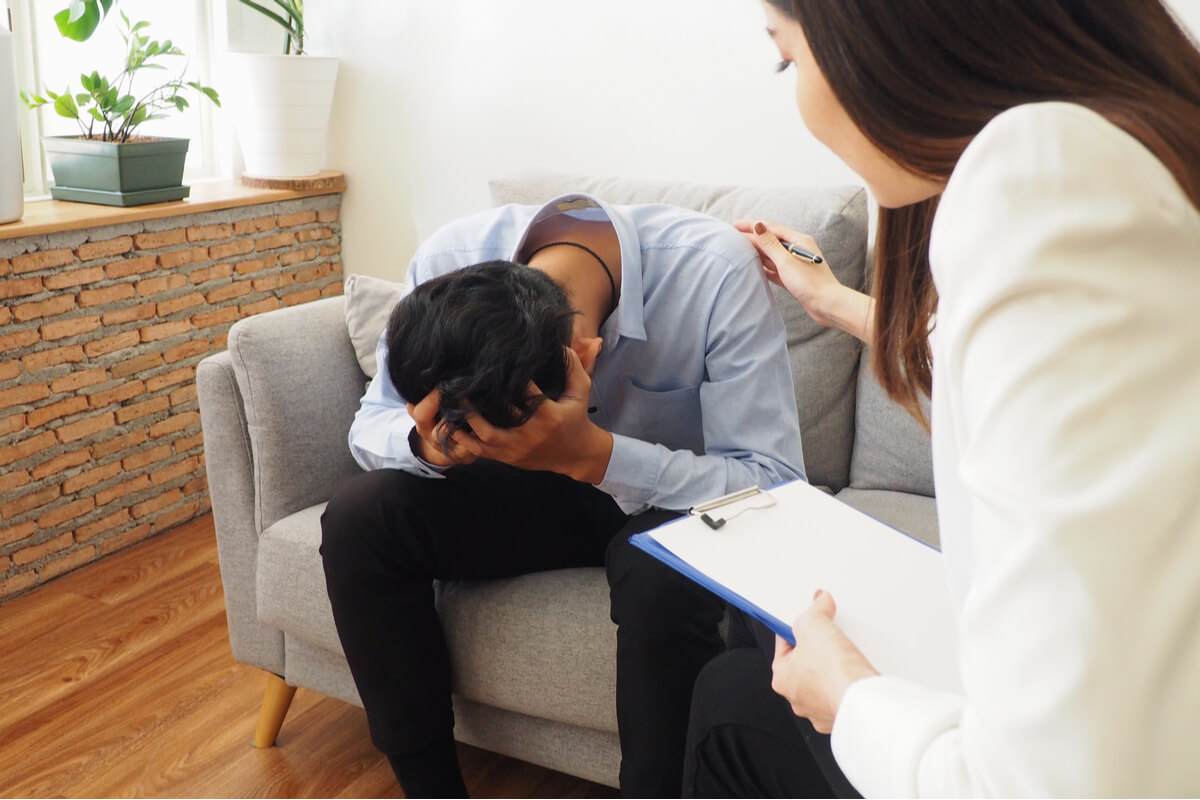
It is estimated that about 2.3 million people in the United States are living with bipolar disorder, also sometimes referred to as manic depression. This equates to about 1% of the population.[1]
Of these people, it is believed that about 40% will struggle with a substance use disorder (SUD) at some point in their lifetime. Alcohol and marijuana are the most frequently misused substances in this group, followed by cocaine and opioids.[2]
Because SUDs are so common among people living with bipolar disorder, it is important to recognize the issue early on and help your loved one connect with treatment that will help them get back on track.
The Connection Between Bipolar Disorder & SUD
People who are living with bipolar disorder often experience extremes in their mood, very high highs (otherwise known as mania) and very low lows (otherwise known as depression). Experiencing either depression or mania can make it very difficult to function at work or school and maintain healthy relationships.
Patients with bipolar disorder sometimes do not readily seek help, and have a tendency to not consistently take medications for mood stabilization as prescribed.
Sometimes taking things into their own hands, many patients will turn to drugs or alcohol to “self-medicate,” using alcohol, marijuana, and other substances to help them get to and remain at the emotional level they feel best at.[3].
Although this can sometimes feel helpful to the individual initially, this approach of self-managing symptoms with drugs or alcohol, comes with a long list of downsides, ultimately. Developing an addiction is one of these potential adverse consequences.
Challenges of Diagnosing Bipolar Disorder in the SUD Population
The biggest problem with diagnosing bipolar disorder in people with a co-occurring SUD is that bipolar disorder is characterized by a wide range of symptoms that may initially look very similar to other disorders including SUD.[4]
When a patient is abusing alcohol or drugs, they can appear manic or depressed, and have significant mood swings. For this reason, it may not be until someone seeks treatment for SUD and has some time sober, that treatment professionals are able to the undiagnosed and untreated underlying bipolar disorder.
Risk Factors for Both
In some cases, bipolar disorder precedes SUD, with genetics being the primary risk factor. SUD is also a heritable condition.
Heavy use of substances can certainly give someone the appearance of having a bipolar disorder, but with time clean, the mood swings dissipate. SUD can also trigger a full blown bipolar disorder. For example, heavy use of marijuana has been shown to not only trigger the onset of bipolar disorder in patients who were predisposed to the condition, but it also has a significant impact on how the disorder progresses (worsens the outcome) and how they respond to treatment.[6]
Signs of Co-Occurring Bipolar Disorder & SUD
Bipolar disorder is characterized by extreme mood swings, from manic highs to depressed lows. In some cases, patients may also exhibit “mixed state” episodes in which they experience depressive symptoms alongside symptoms of mania.[7]
SUD can mimic the symptoms of bipolar disorder, as people with SUD also experience mood extremes from the substances and the withdrawal they experience
Some examples of symptoms and signs common to both disorders include[8]:
- Changes in eating or sleeping habits
- Hyperactivity followed by periods of low motivation or motility
- Notably high levels of anxiety, agitation, or paranoia
- Extreme changes in weight
- Lack of financial stability
- Difficulties maintaining a job or healthy relationships
Treatment for Co-Occurring Bipolar Disorder & SUD
In most cases, a combination of medication and psychotherapy is recommended for treating co-occurring bipolar disorder and substance use disorder.[9]
Medication
While therapy is a key component of the management of both SUD and bipolar disorder, medication will be the primary driver of treatment for bipolar disorder. Medications used in the treatment of bipolar disorder include lithium, second-generation antipsychotics, antidepressants, and anticonvulsants.[10]
Medication for Addiction Treatment (MAT) may be used for those in treatment for opioid use disorder (OUD). MAT can manage withdrawal symptoms and cravings, allowing patients to focus on recovery and reducing the risk of relapse. Several options are also available for reducing craving and relapse risk to other substances, especially alcohol.
When dealing with co-occurring bipolar disorder and OUD or other SUD, the treatment team will carefully manage the prescription of multiple medications to ensure effectiveness and safety.
Therapy
Both SUD and bipolar disorder can benefit from multiple therapeutic approaches, including Cognitive Behavioral Therapy, Dialectical Behavior Therapy, family therapy, and alternative therapeutic approaches.[11]
While medication is the frontline treatment for bipolar disorder, studies show that remission rates are much lower when medication is combined with psychotherapy.[12]
Finding the Right Combination
It is important to note that the specific therapies and medications that will be most appropriate will be determined by the individual’s response to them and the unique details of their history with both disorders as well as the primary substance of use. There is no one-size-fits-all solution that will work for everyone with co-occurring bipolar disorder and SUD.
It can take time to determine the right medications, the right dosages, and the most effective combinations of treatment, but both disorders must be treated simultaneously. SUD relapse can thwart progress made for bipolar disorder and vice versa.
Challenges in Recovery
Too often, patients and their families believe that they must first treat the bipolar disorder before addressing substance misuse or the other way around. The truth is that it is much harder to make progress in recovery without treating both disorders at once.
Bipolar disorder has a direct impact on cravings for substances of misuse and impulse control, and the use of substances has a direct impact on the symptoms of bipolar disorder. For this reason, dual diagnosis treatment, or treatment for both disorders at the same time, is recommended.
It helps the patient to make progress on both fronts, steadily working toward a life defined by positive, healthy behaviors and long-term recovery.
Bipolar Disorder & Substance Abuse FAQs
Is substance misuse common with bipolar disorder?
Yes. Misuse of alcohol and cannabis is exceedingly common among people living with bipolar disorder.[3]
What percentage of bipolar people also have substance use disorder?
It is estimated that about 40% of people living with bipolar disorder will deal with substance use disorder at some point in their lives.[2]
Is it necessary to treat SUD and bipolar disorder at the same time, or should you treat one before the other?
For best results, dual diagnosis treatment, or treatment that addresses both bipolar disorder and substance use disorder at the same time, is recommended. If one disorder is treated while the other is ignored, the ignored disorder will likely stop the progress of treatment for the other disorder.[9]

Medically Reviewed By Claire Wilcox, MD
Claire Wilcox, MD, is a general and addiction psychiatrist in private practice and an associate professor of translational neuroscience at the Mind Research Network in New Mexico; and has completed an addictions fellowship, psychiatry residency, and internal ... Read More
- Bipolar Disorder (Manic-Depressive Illness) Mental Illness Policy. https://mentalillnesspolicy.org/medical/bipolar-facts.html. January 2019. Accessed April 2022.
- The Prevalence and Significance of Substance Use Disorders in Bipolar Type I and II Disorder. Substance Abuse Treatment and Prevention Policy. https://www.ncbi.nlm.nih.gov/pmc/articles/PMC2094705. 2007. Accessed April 2022.
- Self-Medication of Mood Disorders With Alcohol and Drugs in the National Epidemiologic Survey on Alcohol and Related Conditions. Journal of Affective Disorders. https://pubmed.ncbi.nlm.nih.gov/19004504/. June 2009. Accessed April 2022.
- An Introduction to Bipolar Disorder and Co-Occurring Substance Use Disorders. Substance Abuse and Mental Health Services Administration. https://store.samhsa.gov/sites/default/files/d7/priv/sma16-4960.pdf. 2016. Accessed April 2022.
- Bipolar Disorder. Mayo Clinic. https://www.mayoclinic.org/diseases-conditions/bipolar-disorder/symptoms-causes/syc-20355955. February 2021. Accessed April 2022.
- Cannabis-Induced Bipolar Disorder with Psychotic Features. Psychiatry. https://www.ncbi.nlm.nih.gov/pmc/articles/PMC2811144/. December 2009. Accessed April 2022.
- Symptoms - Bipolar Disorder. National Health Services UK. https://www.nhs.uk/mental-health/conditions/bipolar-disorder/symptoms/. March 2022. Accessed April 2022.
- What to Know About the Relationship Between Bipolar Disorder and Addiction. Medical News Today. https://www.medicalnewstoday.com/articles/bipolar-and-addiction#symptoms-and-signs. March 2022. Accessed April 2022.
- Management of Comorbid Bipolar Disorder and Substance Use Disorders. American Journal of Drug and Alcohol Abuse. https://www.tandfonline.com/doi/abs/10.1080/00952990.2017.1292279. August 2016. Accessed April 2022.
- Bipolar Disorder. National Alliance on Mental Illness. https://www.nami.org/About-Mental-Illness/Mental-Health-Conditions/Bipolar-Disorder/Treatment. Accessed April 2022.
- Different Types of Therapy for Bipolar Disorder. National Alliance on Mental Illness. https://www.nami.org/Blogs/NAMI-Blog/April-2019/Different-Types-of-Therapy-for-Bipolar-Disorder. April 2019. Accessed April 2022.
- Psychotherapy for Bipolar Disorder in Adults: A Review of the Evidence. Focus. https://www.ncbi.nlm.nih.gov/pmc/articles/PMC4536930/. Summer 2014. Accessed April 2022.
Download Our Free Program Guide
Learn about our program, its effectiveness and what to expect
Related articles
Imagine what’s possible on the other side of opioid use disorder.
Our science-backed approach boasts 95% of patients reporting no withdrawal symptoms at 7 days. We can help you achieve easier days and a happier future.

